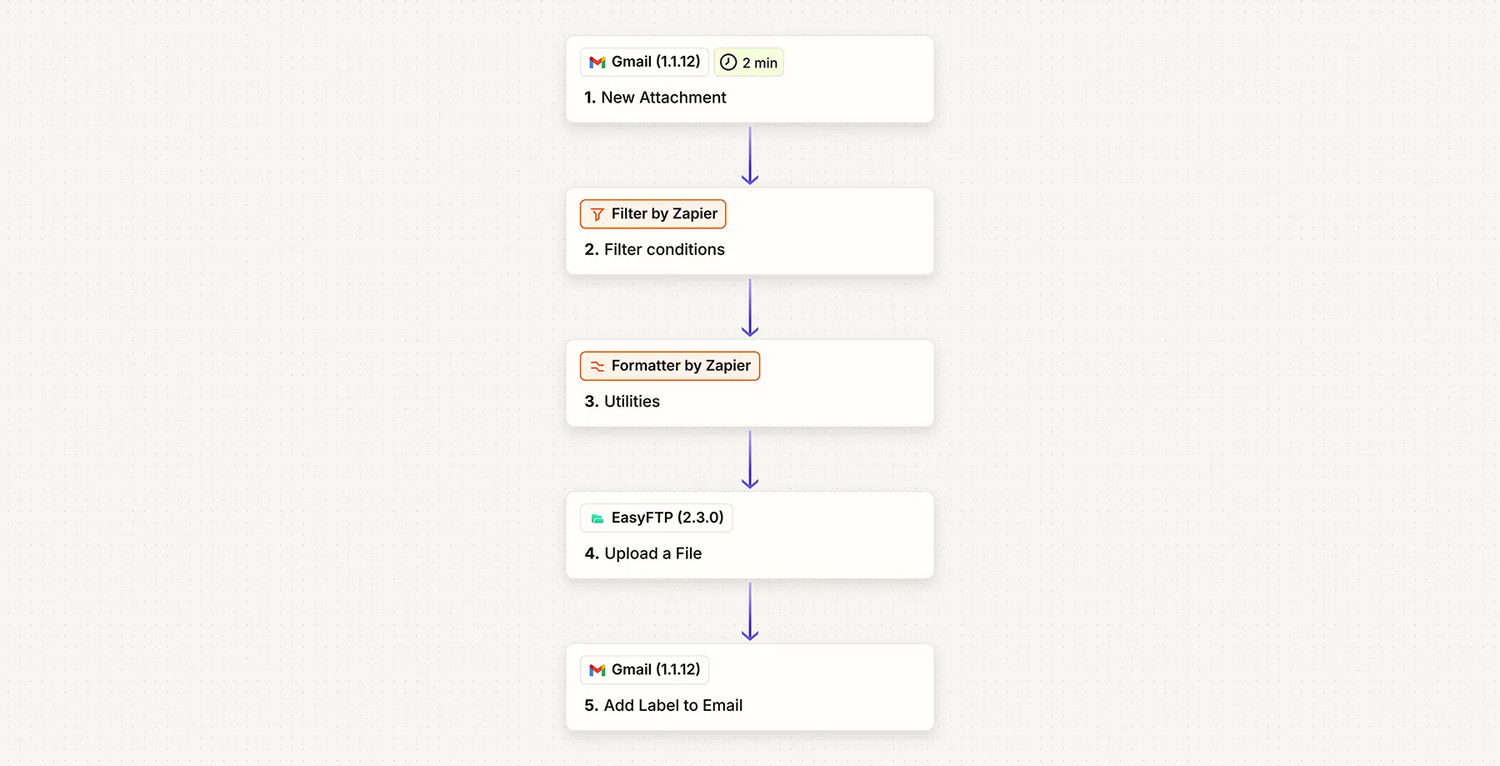Case Study: Automating Inventory Management for Two Furniture Brands
Two of our clients, both growing furniture retailers, rely on a wide network of suppliers, many of whom send inventory updates via email in spreadsheet format. With large and frequently changing catalogs, both brands struggled to keep their online listings accurate and up to date.

Background & Challenge
Video Walkthrough
What They Wanted — and How We Got Them There
-
Their Goal
-
Our Solution
Results That Moved the Needle
$4700
per month in labour cost saved.
Time
Countless hours have been returned to the client allowing them to focus on customer service
Refunds
No more inventory errors leading to refunds

Results
Reach Your Goals & Reclaim Your Time
Let us help you scale while freeing up your time.